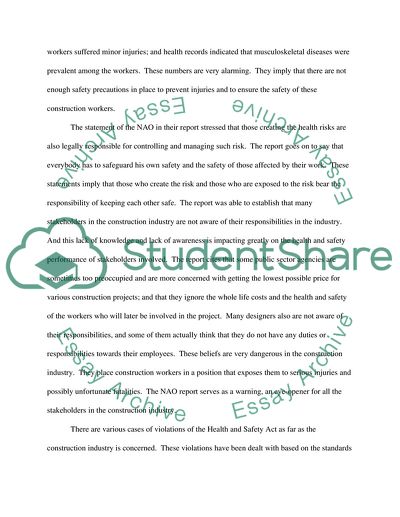Cite this document
(“Health and Safety in the Construction Industry Term Paper”, n.d.)
Health and Safety in the Construction Industry Term Paper. Retrieved from https://studentshare.org/law/1719810-law-health-and-safety
Health and Safety in the Construction Industry Term Paper. Retrieved from https://studentshare.org/law/1719810-law-health-and-safety
(Health and Safety in the Construction Industry Term Paper)
Health and Safety in the Construction Industry Term Paper. https://studentshare.org/law/1719810-law-health-and-safety.
Health and Safety in the Construction Industry Term Paper. https://studentshare.org/law/1719810-law-health-and-safety.
“Health and Safety in the Construction Industry Term Paper”, n.d. https://studentshare.org/law/1719810-law-health-and-safety.


